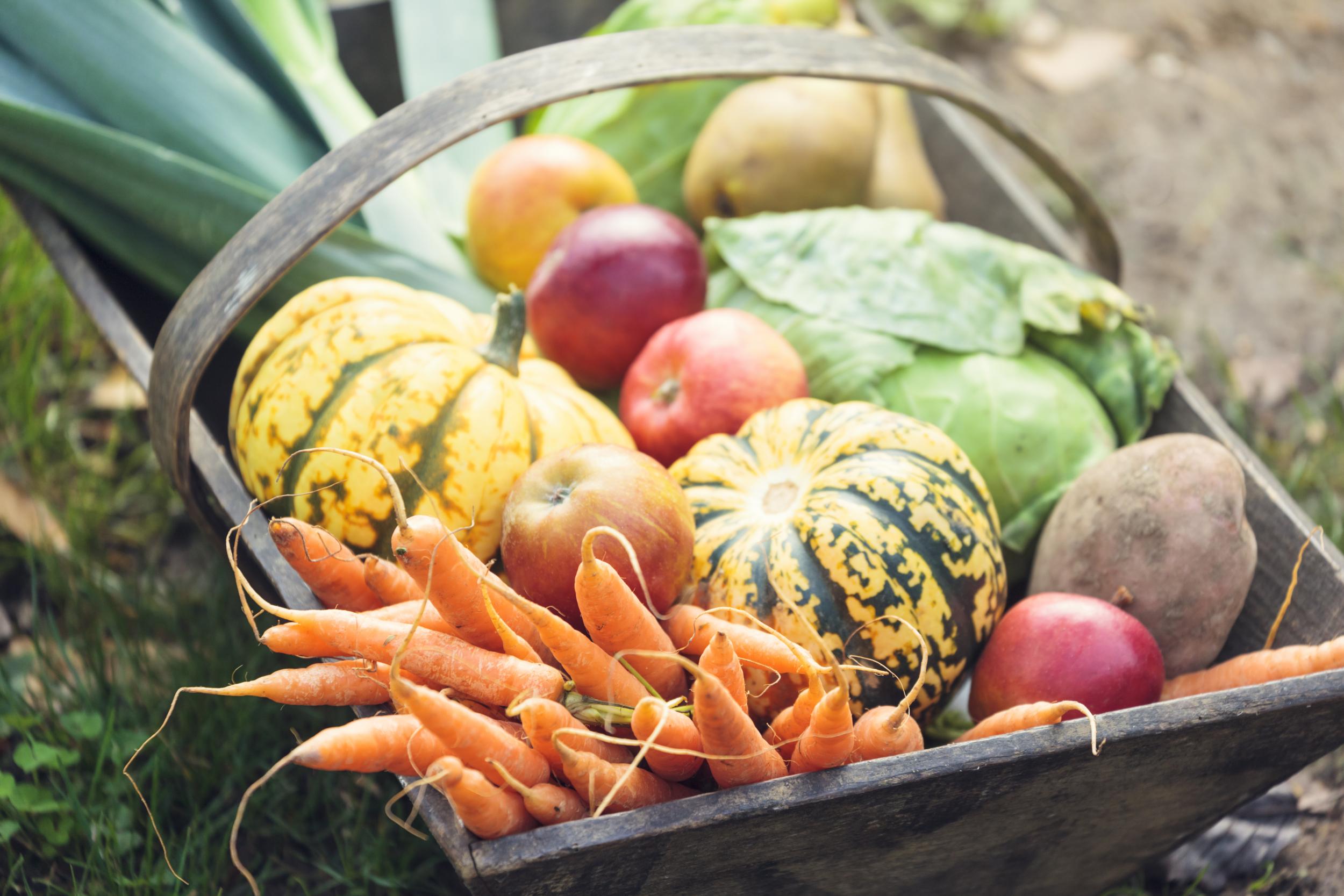20 pledges for 2020: I'm going to grow my own fruit and vegetables - in the middle of New York City
Fancy learning a bit more about growing your own food? Chris Riotta's hoping to rely less on factory farming and more on his Brooklyn vegetable patch


Your support helps us to tell the story
From reproductive rights to climate change to Big Tech, The Independent is on the ground when the story is developing. Whether it's investigating the financials of Elon Musk's pro-Trump PAC or producing our latest documentary, 'The A Word', which shines a light on the American women fighting for reproductive rights, we know how important it is to parse out the facts from the messaging.
At such a critical moment in US history, we need reporters on the ground. Your donation allows us to keep sending journalists to speak to both sides of the story.
The Independent is trusted by Americans across the entire political spectrum. And unlike many other quality news outlets, we choose not to lock Americans out of our reporting and analysis with paywalls. We believe quality journalism should be available to everyone, paid for by those who can afford it.
Your support makes all the difference.I read somewhere a few years back that all of my favourite fruits and vegetables just so happen to rank among the highest in levels of pesticide residue and other contaminants used in industrial agriculture.
Sweet summer strawberries, beautiful bell peppers and juicy red tomatoes all topped the list in the Environmental Working Group’s Dirty Dozen: an annual report outlining which crops contained the most of pesticides like permethrin, a neurotoxic insecticide, that year. But I never consented to a side of neurotoxins with my $16 (£12) salad — and for that ridiculous price, I’d rather avoid eating leftover pesticides with my lunch, or any at all for that matter.
Not to mention, the world’s filthy obsessions with factory farming and industrial agriculture reached new heights over the past decade. The ways our societies produce food for ever-increasing populations have resulted in air pollution clouding entire cities, fertiliser runoff overwhelming streams and rivers, and that very food we rely on lacking the nutrients we need to lead healthy lives.
With that in mind, I went to a garden nursery in New York City four years ago and picked up three organic seedlings: strawberries, cherry tomatoes and peppers. My apartment in Brooklyn has a reasonably-sized backyard, though I’d later learn there are also options for people who like to grow their own vegetables but lack the space to do so, including more than 500 community gardens throughout the city.
In my mind, I had no business growing a garden. I didn’t think I had a green thumb — in fact, I knew I didn’t have one, since every household and office plant I’ve ever owned has died under mysterious and usually rapid circumstances. But to my great surprise, the tiny garden was a success: in just over a month, I began to see strawberry stems sprouting from the soil, pepper leaves growing and yellowish tomatoes forming on a vine. Much of my first crop never became edible, but I was nevertheless excited about the prospect of eventually feeding myself an entire meal made from my own backyard.
Each year, my garden has grown to new heights. I spend a significant amount of time researching what crops grow best in what locations, and how to plant my favourite vegetables in a way that yields maximum production throughout the three to four months of summertime in New York. As we enter a new decade of growth and learning, I’ve made it a goal of mine to drastically reduce my reliance on industrial agriculture by committing to growing four months worth of what I would eat in vegetables every year. Beginning in late April or early May, I plan to build an urban garden consisting of at least 12 different vegetables, including everything from kale to Japanese eggplant, cauliflower to zucchini squash.
I have grown many of these before, and will teach you the entire process, from tending to the plants as seedlings, to providing the best methods for harvesting. Other plants will be new for me, and we’ll learn together how to grow them in a sustainable way. After all, the best method for learning how to garden is getting your hands messy in the soil.
I can’t promise I’ll be successful in reaching my goal — last year’s harvest was significantly reduced by a heatwave that killed off nearly a third of my crop. However, if I am successful, that would equate to a 33 per cent drop in my industrial agriculture consumption in a one-year period. Even if I land somewhere among the stars, the result will still be significant. And perhaps along the way I’ll convince one or two of you to get in the dirt as well.
Join our commenting forum
Join thought-provoking conversations, follow other Independent readers and see their replies
0Comments